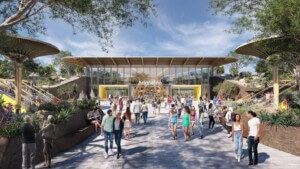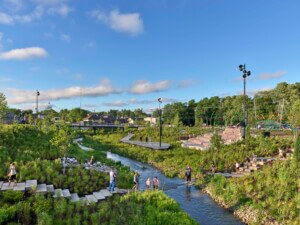Four architecture firms have envisioned virtual words for pax.world, a metaverse platform that invites users and brands to host and attend live events, including concerts, gallery exhibitions, business conferences, and more. Each of the firms, Grimshaw, HWKN, Farshid Moussavi and WHY, has designed a Metaserai, a trade and culture destination, hosted within pax.world, that takes influence from the visual cues and themes of Caravanserai, the roadside inns stationed along the historic Silk Road.
Pax.world founder Frank Fitzgerald got the idea for the metaverse during the pandemic, when his Zoom fatigue led him to envision an alternative venue for business and socializing events. The platform is governed by the DAO (Decentralised Autonomous Organisation) and it has its own currency the $PAXW token. It has partnered with several nonprofits to consider real-world issues in the metaverse, including sustainability, democracy, diversity, and privacy.
“pax.world is the metaverse for grown-ups and–as well as creating functionality and governance that will allow people to trade, network and experience culture as never before on a virtual platform–we want this ethos to live and breathe through the beautiful, sophisticated aesthetic created for us by some of the best architects in the world,” Fitzgerald said in a press release. “Architecture has extraordinary power to inspire human progress and I am confident that the masterpieces designed by our four partners will drive the formation of real communities in pax.world and be the building blocks of the world’s first true virtual society.”
While all four designs riff off themes and imagery of the Silk Road, each is unique in its materiality and programming, ranging from a levitating volume to a subterranean structure. Imagery and description of each of the four projects is reproduced below. The metaverse plans are set to launch later this year.
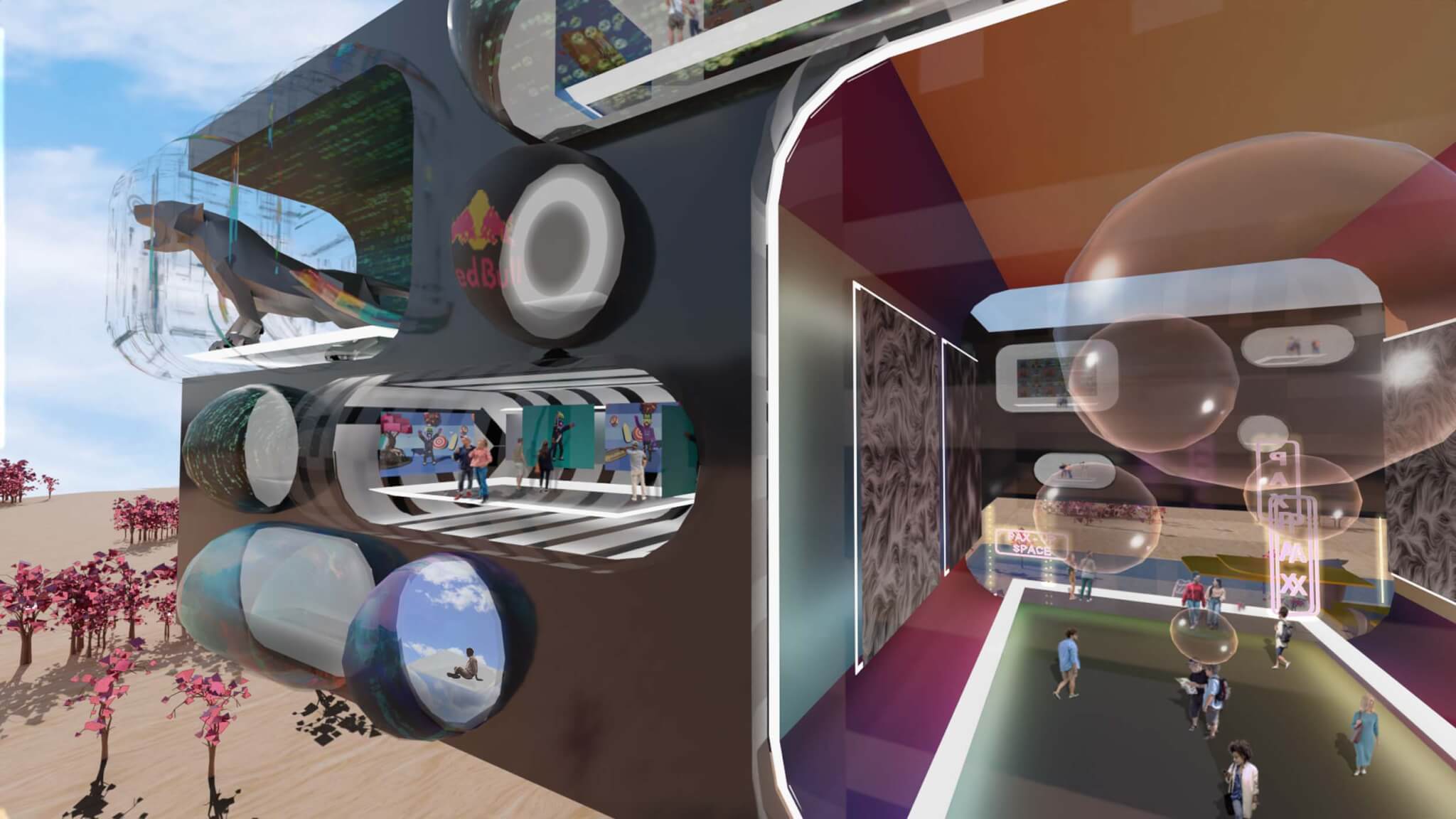
Grimshaw
For its Metaserai, Grimshaw has designed a cube with circular and rectangular windows that provide views into the interior where art and advertising are on full display. It pulls from the architecture of the caravanserai, as it sprawls out around a central courtyard and watering point. Users are transported into the structure from spherical pods.
“Experimentation with design, technology and materials is an inherent part of Grimshaw’s history and legacy, enabling us to transform the experience and outcomes of our built environment.” said Grimshaw partner Keith Brewis shared. “The metaverse is an enabler of this approach and an evolution of our current processes of design communication in the virtual world, where we take concepts from the physical to the digital and challenge ourselves, in real time, to further understand the human perception of space in architecture. Engaging with the metaverse as it matures, and working with pax.world, we are also experiencing the empowering nature of the digital world: Grimshaw’s Metaserai acting as a place where users can create rather than consent to their own environments.”
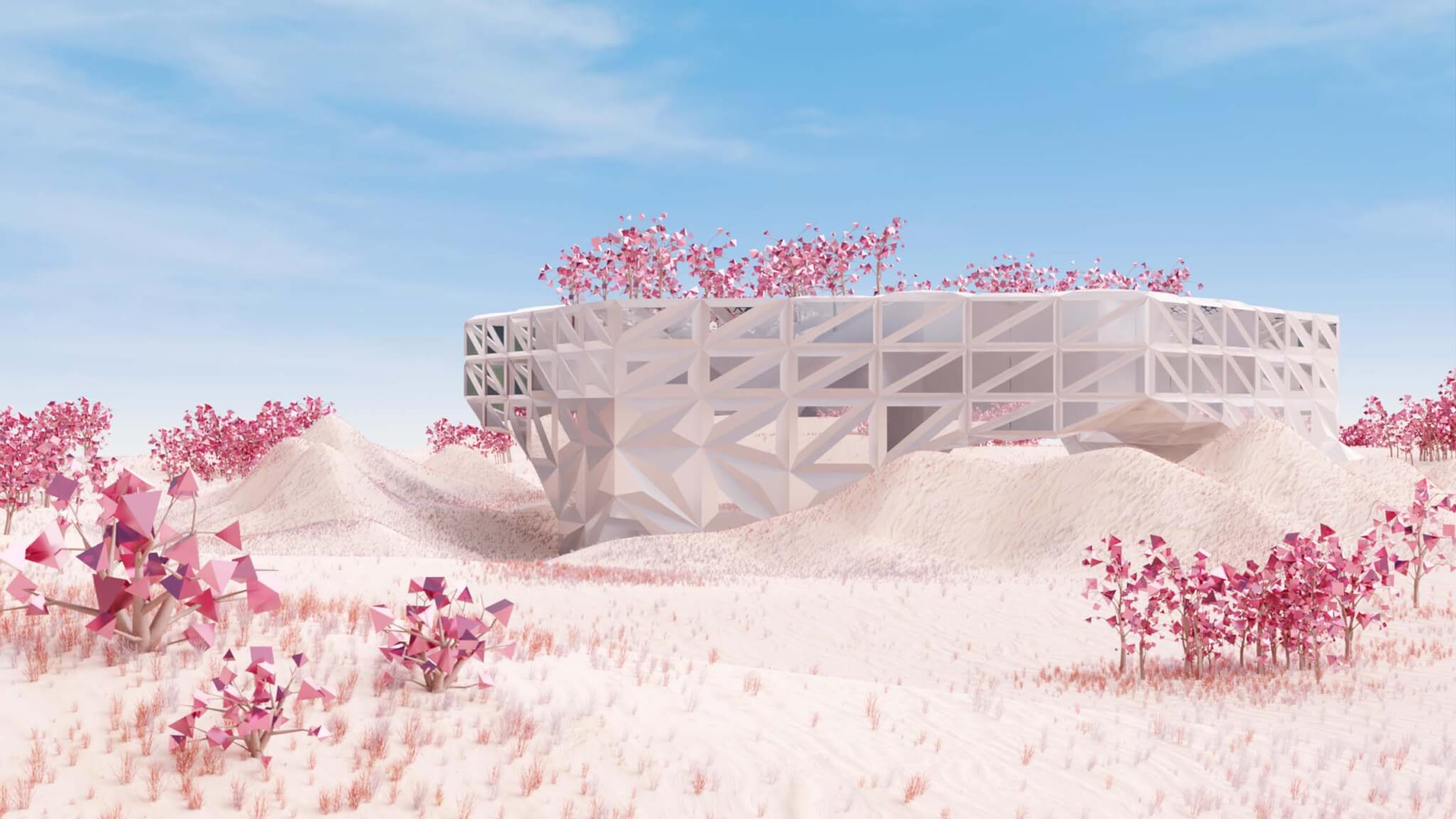

HWKN
HWKN has designed Paxton, an open structure with several levels spread across a hexagonal form rendered in a desert landscape with sparse trees and plantings. The building has a large theater for hosting concerts, meeting spaces, and a rooftop garden. Its walls are constructed with a truss-like pattern and structure, upon which art can be installed and hung.
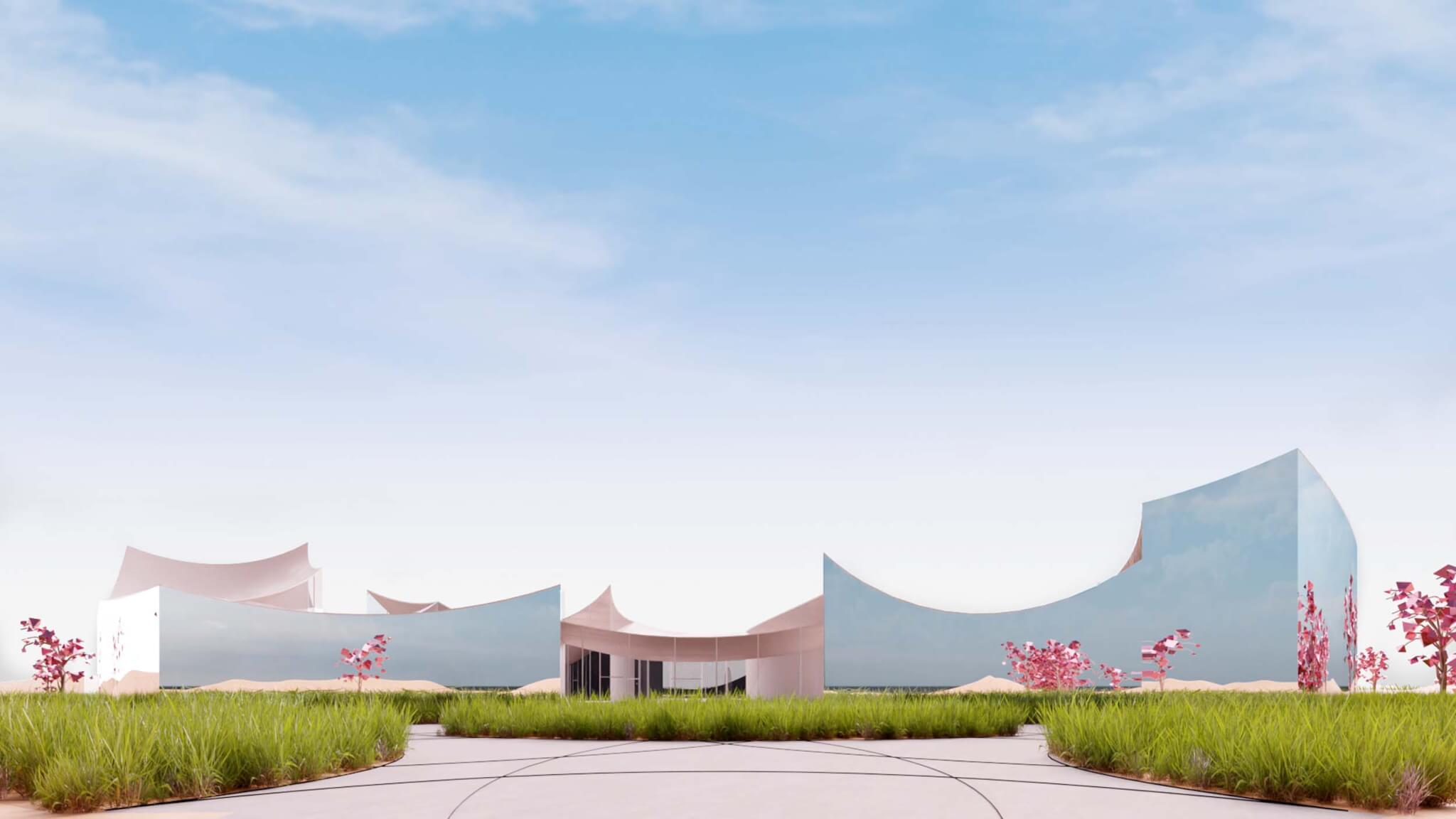

Farshid Moussavi Architecture
For its contribution to the pax.world metaverse, Farshid Moussavi Architecture has created a place that is first and foremost inclusive. Similar to the layout of a Caravanserai, the circular structure wraps around three large courtyards. The circulation through the space is fluid with large, open areas giving away to large venues where crowds can congregate for a lecture, concert, or other social events. The architects have rendered the exterior with a reflective material.
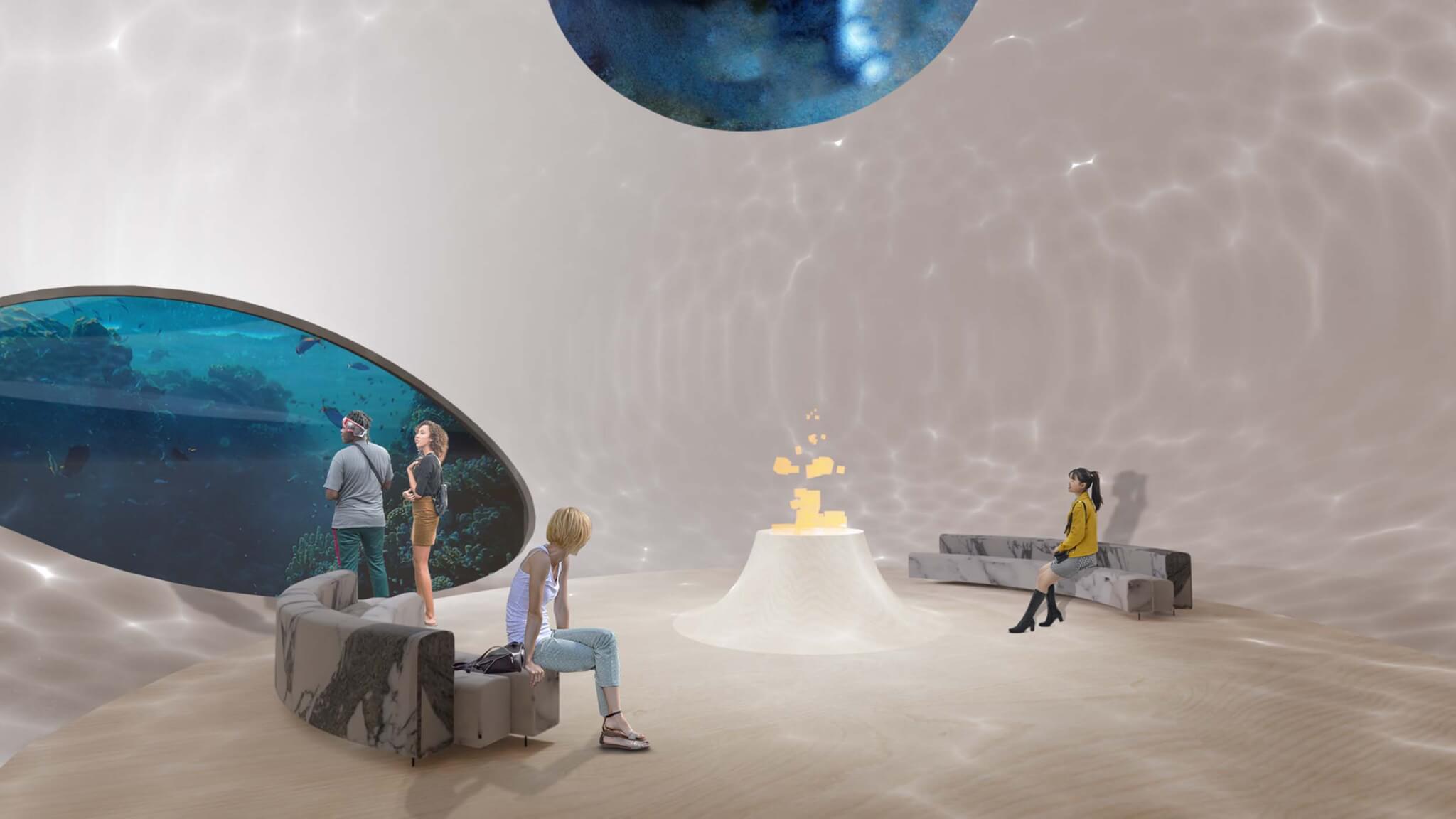
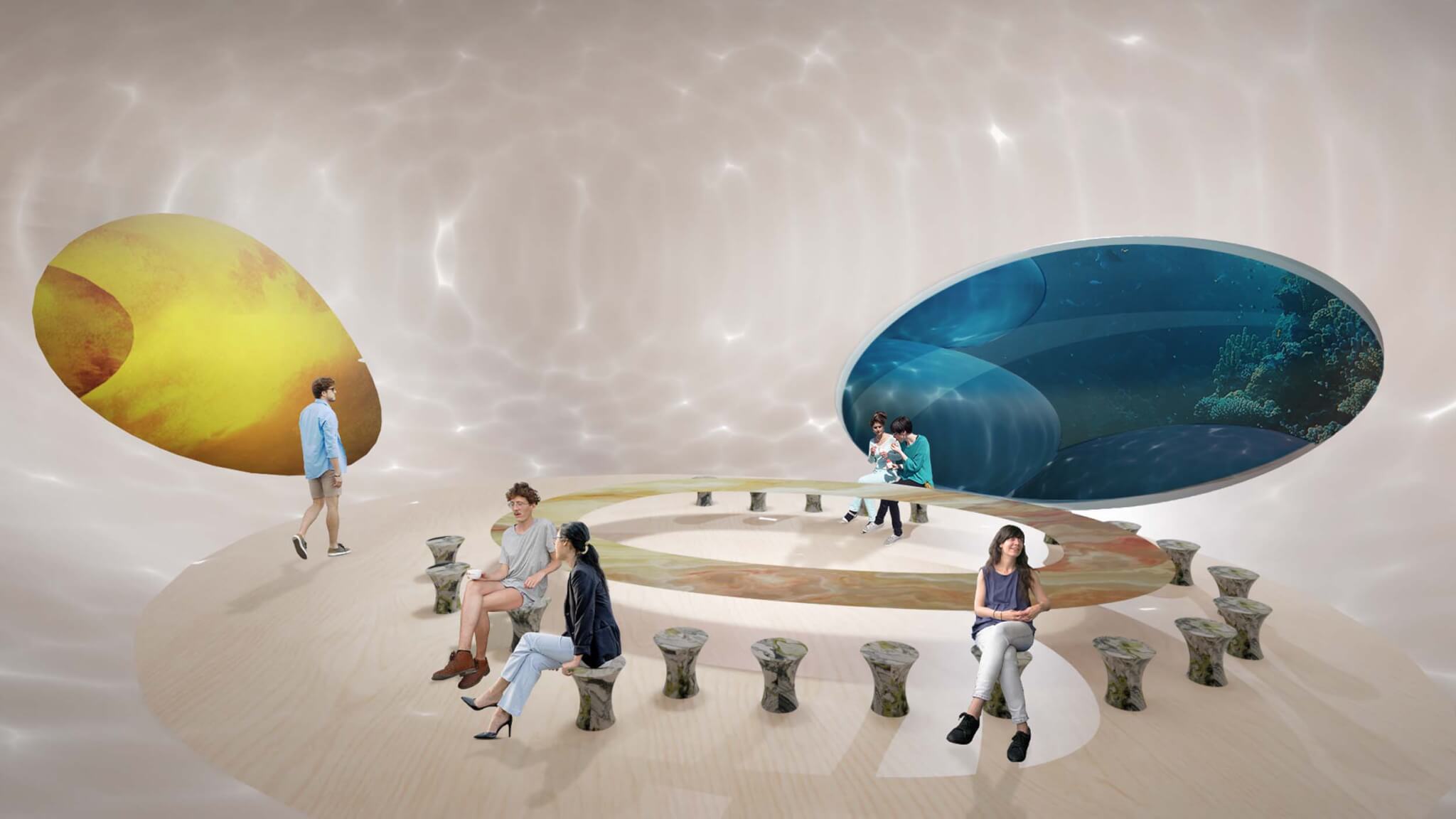
WHY
For its design, WHY has created a space wholly integrated with nature; natural elements such as water, stone, sunlight are pervasive throughout the structure. Among the interiors are a series of underground spaces, places for meditation, gardens, and galleries. The architects envision the Metaserai as somewhere that regularly plays host to dance parties, listening sessions, forums, and other cultural performances and events.
“Our spaces are intended to be a place where people can be and become the most illuminating and imaginative version of themselves,” Buildings Director at WHY Andrija Stojic detailed. “They visit not only to encounter new worlds, but to immerse themselves in community and collaborate with like-inspired peers. Therefore, our content and product are layered in such a way that facilitates seamless onboarding and interaction—with tiered and iterative education—to ensure an increasingly robust experience.”








